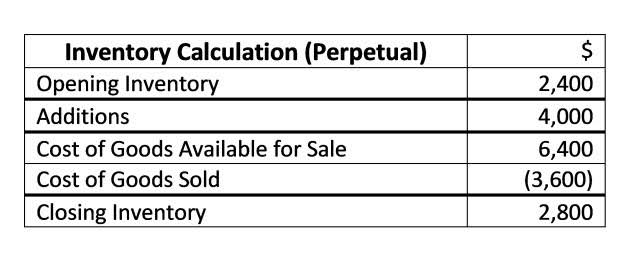
Amortization expense is a vital element in financial accounting, reflecting the usage of intangible assets in a business. Its correct calculation and reporting are essential for presenting an accurate picture of a company’s financial health and aiding in informed decision-making. Comprehensive knowledge of amortization amortization refers to the allocation of the cost of assets to expense. is thus indispensable for professionals in finance, accounting, and business management. The concepts of amortization and capitalization address the treatment of expenditures related to assets over time. To accurately record the periodic payment of an intangible asset, two entries are made in the company’s books.
It is what is accounted for on the income statement and it represents the cost of tangible assets allocated to the accounting period. This decreases the book value of the asset, therefore affecting the balance sheet items and net income of the company. Reduces the book value of intangible assets over time and records amortization expense on the income statement. It is important to differentiate between various expenses in financial accounting to generate accurate financial statements and facilitate informed decision-making.
First, a debit to the amortisation expense is entered, then a corresponding credit to the intangible asset account is entered. Perhaps the biggest point of differentiation is that amortization expenses intangible assets while depreciation expenses tangible(physical) assets over their useful life. Amortization reflects the fact that intangible assets have a value that must be monitored and adjusted over time. The amortization concept is subject to classifications and estimates that need to be studied closely by a firm’s accountants, and by auditors that must sign off on the financial statements.

GAAP does not allow for revaluing the value of an intangible, but IFRS does. This means that GAAP changes in value can be accounted for through changing amortization schedules, or potentially writing down the value of an intangible, which would be considered permanent. Finally, GAAP stipulates that advertising expenditures be expenses as incurred, but IFRS does allow recognizing a prepayment of these expenses as an asset, which would be capitalized or amortized as they are used at a later date. Other examples of intangible assets include customer lists and relationships, licensing agreements, service contracts, computer software, and trade secrets (such as the recipe for Coca-Cola). It used to be amortized over time but now must be reviewed annually for any potential adjustments.
Residential revenue totaled $10.8 billion in the second quarter, a decrease of 0.6% year-over-year. During the second quarter of 2024, residential wireline voice customers declined by 268,000, compared to a decline of 225,000 in the second quarter of 2023. As of June 30, 2024, Charter had 6.2 million residential wireline voice customers. Residential video customers decreased by 393,000 in the second quarter of 2024, compared to a decline of 189,000 in the second quarter of 2023.

The annual amortization expense also appears on a company’s income statement. This expense is categorized under “operating expenses,” derived from the annual decrease in the value of an intangible asset. Going back to our example, this means the $10,000 calculated annually would be listed as an expense, thus reducing the company’s operating income.

Assume a company purchased a patent, an intangible asset, worth $100,000 with a useful life of 10 years. At the end of every year, the company would deduct $10,000 (amortization expense) from the asset’s value. This deduction will reduce the patent’s worth on the balance sheet, contributing to the decline of the overall assets value over time. Generally speaking, there is accounting guidance via GAAP on how to treat different types of assets.
In the early stages of a loan, the interest component of each payment is high because it is calculated on a larger principal balance. As the principal decreases over time, the interest portion of each payment reduces, while the portion applied to the principal increases. Estimate the number of years the asset will contribute to generating revenue for the business. The useful life can vary depending on the nature of the asset and company policy.
Recapture can be common in real estate transactions where a property that has been depreciated for tax purposes, such as an apartment building, has gained value over time. Accumulated depreciation is a contra-asset account on a balance sheet; its natural balance is a credit that reduces the overall value of a company’s assets. Accumulated depreciation on any given asset is its cumulative depreciation up to a single point in its life. There are several different depreciation methods, including straight-line depreciation and accelerated depreciation. As of June 30, 2024, cash, cash equivalents and restricted cash includes $40 million of restricted cash included in prepaid expenses and other current assets in the consolidated balance sheets.
For example, vehicles, buildings, and equipment are tangible assets that you can depreciate. Proper amortization practices are required to comply with accounting standards such as GAAP and IFRS. Compliance ensures that a business’s financial statements are fair and consistent, which is vital for investors, regulators, and other stakeholders.